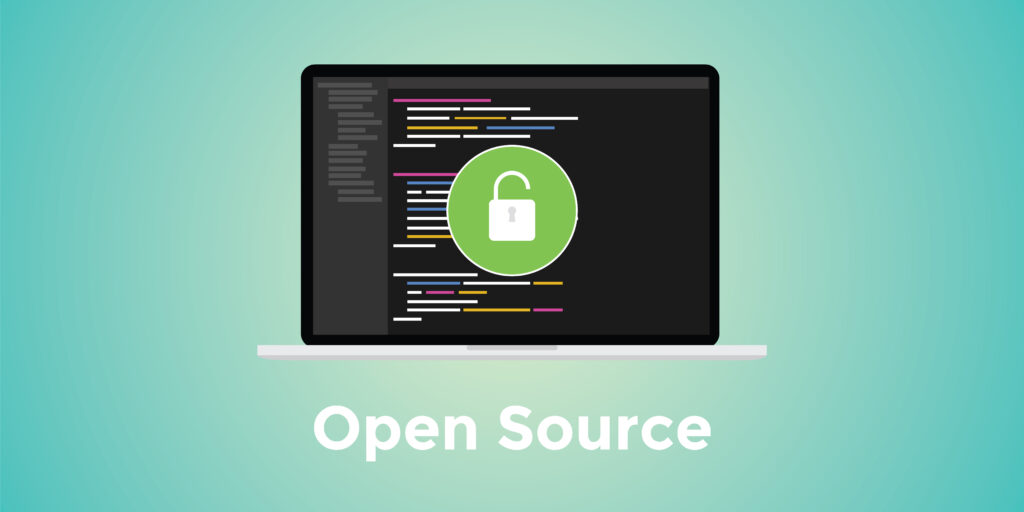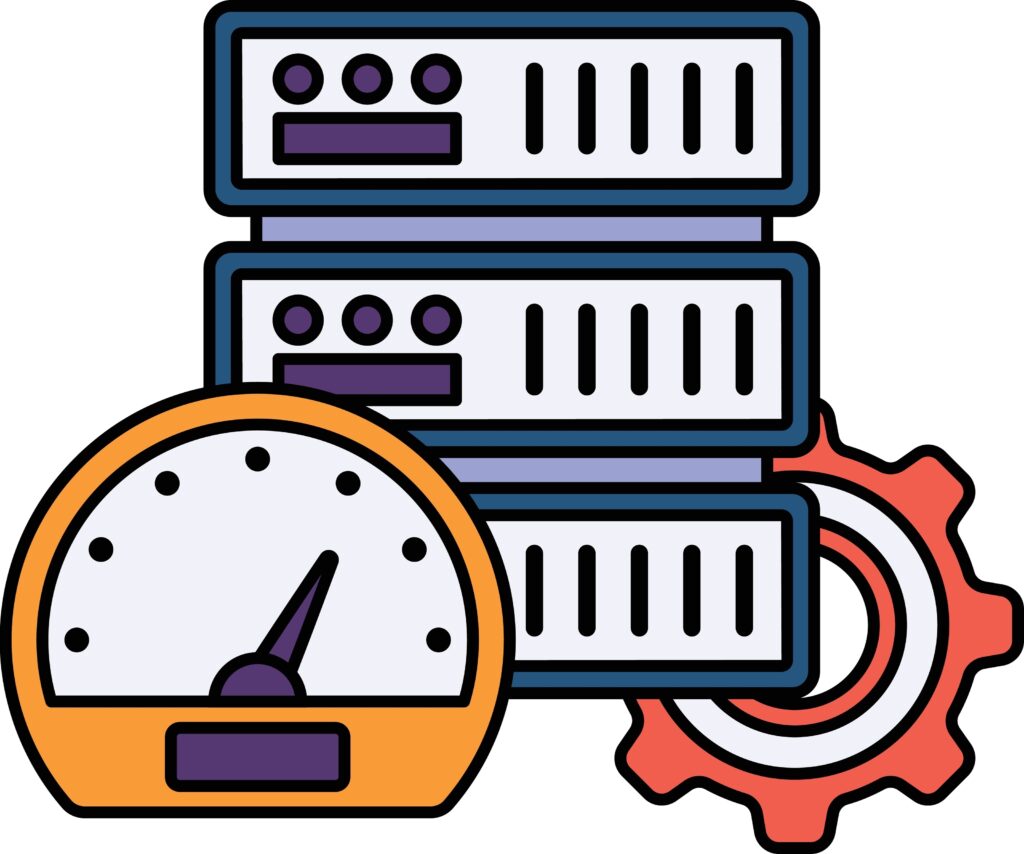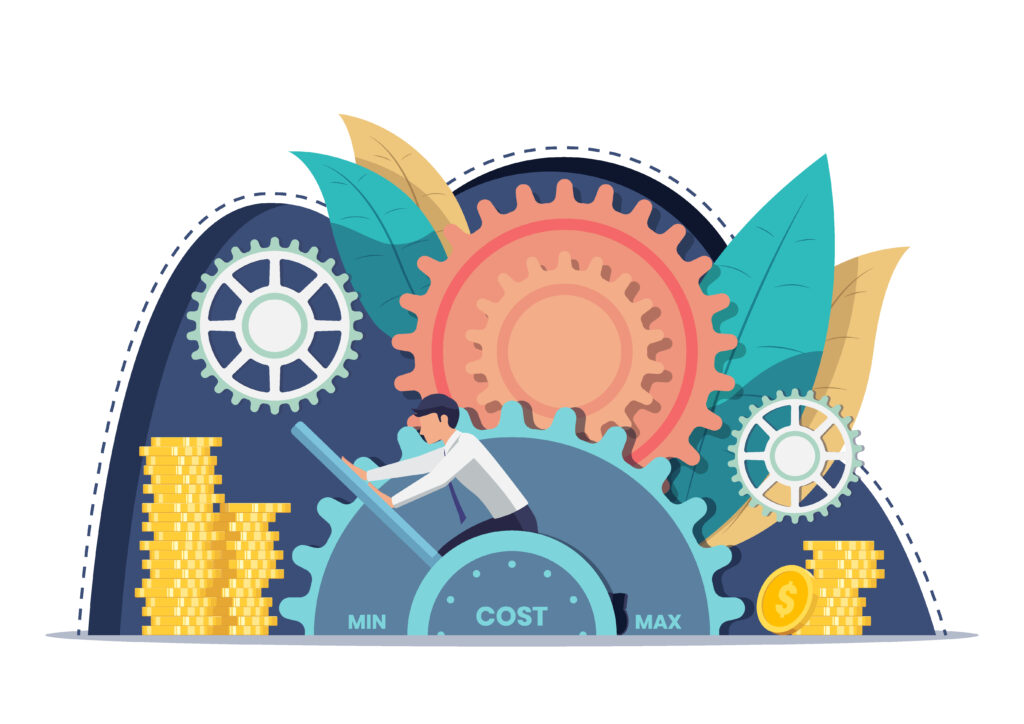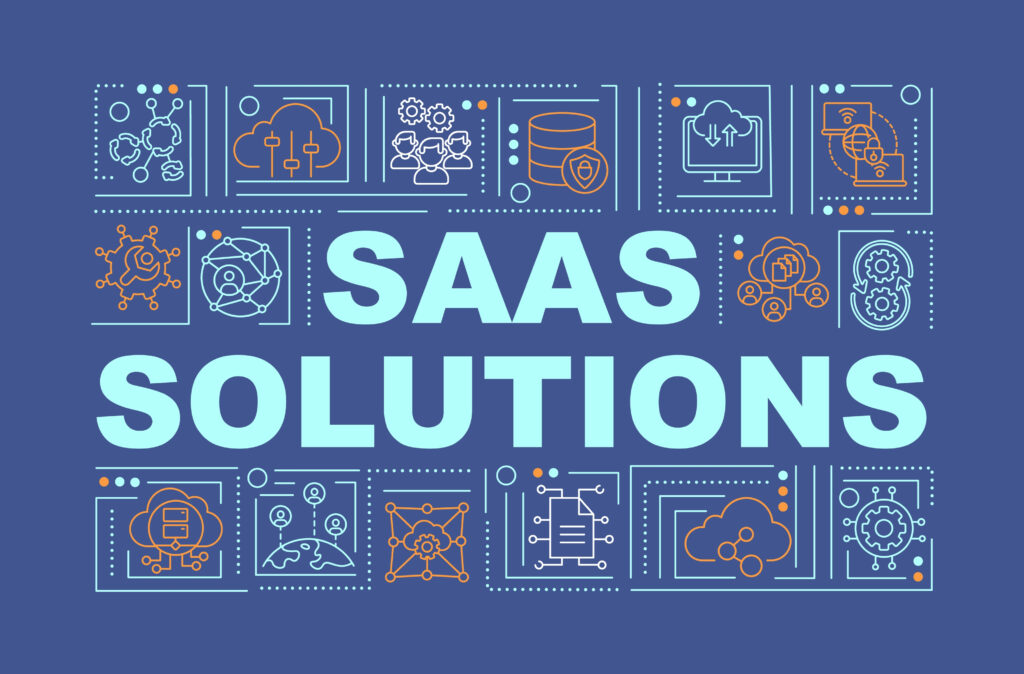LogiCommerce is trusted by global enterprise brands and wholesalers, across industries
We all know that eCommerce is an industry that has evolved enormously over the last few years. Most owners have digitized their online businesses, with everything that this entails: offering a product category, generating a shopping cart, accepting different payment methods, having marketing tools, synchronizing the stock of products, among others.
More and more companies are betting on eCommerce and the first step is to choose an eCommerce platform. Currently, there are more than 500 eCommerce platforms, and we know that choosing the right one can be a very hard process. For this reason, at LogiCommerce, we have prepared an article about the most important factors to consider depending on the needs and requirements of your business, before selecting or migrating to one platform or another.
In today's post, we will focus on a very detailed comparison of the main differences between a SaaS and an Open Source eCommerce platform. Which solution is best for your business? We'll let you know all about it!
Contents
The Open Source model is a software that is distributed under an Open Source license and allows organizations to have full control over their eCommerce environment; users will be able to view, edit, modify and redistribute the source code without license charges.
In that case, the user will be responsible of the initial development, implementation, ongoing maintenance, upgrades and migrations to new versions of the software as they emerge.
Open Source eCommerce platforms are, for example, WooCommerce or Magento.

Software as a Service, or SaaS, is a cloud-based software delivery model that allows users to access it through a pay-as-you-go subscription model.
The software provider is responsible for developing, maintaining and providing automatic updates to the software. This way, merchants don't have to worry about it, and can focus on growing their business.
BigCommerce, LogiCommerce, Shopify or VTEX are some examples of SaaS eCommerce platforms.

Now that we know in broad strokes how SaaS and Open Source platforms work, we will now have a look at a more complete comparison of both to understand their main differences. It is essential to analyze them correctly to select the one that best suits the needs and requirements of your business. To do so, we will consider 6 factors:

The reality is that both are easy to install.
It is true that Open Source software is generally free to download and use, but it is important that you are aware of the long development time that can be involved in launching an online store. In addition, you will need to take care of hosting, security, extensions and maintenance, and make sure you have the right staff to carry out the development of the website.
They are ready to go to market quickly. They have easy-to-use user interfaces and predefined themes.
Hosting, security and maintenance are handled by the SaaS provider, which frees the user from individual configuration. This means that many of the Back-end processes are taken care of by the provider as well. In addition, it comes with a lot of native out-of-the-box functionalities, a great advantage if you consider that in Open Source platforms, you will need to perform a specific development.
Therefore, if you are looking for a platform that allows you to have your eCommerce ready in the shortest amount of time possible, a SaaS platform will be ideal for your business.
Open Source platforms delegate the responsibility for maintenance, security, support and updates to the user. In other words, the user has full control over the software, and will be responsible for its infrastructure and administration.
Thus, Open Source software requires a significant investment of time and effort.
In SaaS platforms, the huge burden of maintenance, constant updates and upgrades falls on the SaaS provider. In other words, the user does not have to worry about it.
Moreover, in case of any incident, the SaaS provider will offer 24/7 support and provide an infrastructure with guaranteed Uptime and, in most cases, a Service Level Agreement (SLA).
The security of an Open Source platform is quite compromised and leaves much to be desired since it has no legal obligation in terms of protection. In other words, it lacks security, support and guarantees.
The fact that anyone has access to the system's source code makes the platform more exposed to security breaches, threats and attacks by cybercriminals. Therefore, you should make sure that your security firewall is flawless, and that you choose an effective tool to protect your eCommerce.
The fact that the source code of SaaS platforms is closed, provides a much more secure overall infrastructure and control compared to Open Source platforms, where anyone can make modifications.
For example, LogiCommerce has different security layers and provides different systems such as data protection in accordance with the General Data Protection Regulation, Performance Monitoring, Web Application Firewall (WAF), DDoS Protection and automatic backups, among others.

Open Source platforms offer a high level of customization, giving users the freedom to customize absolutely any part of a website: product pages, themes and payment experiences, amongst others. The " but " to the previous sentence, is that, you will have to assume possible risks and high costs from certified developers. Also keep in mind that there is no guarantee on software updates. What does this mean? That every time the software provider offers an upgrade to a new version, there is a risk that all the elements that were developed in a previous version will not be maintained in the next version and, therefore, you will have to start all over again.
Although they have many Plug-in connectors (third party functionalities), they have less advanced native features. Where is the risk? Third-party features have been developed by a third party, and therefore offer high security risks, possible incompatibilities with other native or third-party features, and problems with upgrades to new versions.
In short, the fact that anyone can modify the source code can lead to major risks and the total loss of control of the software itself.
They can be more limited in terms of customization compared to Open Source platforms, since the user does not have the freedom to make changes to the source code. The positive side of this is that the SaaS provider has full control of the software, and therefore guarantees the total security of the platform to the user.
In the case that the version is updated, the development of the software itself will be maintained, thus ensuring the proper functioning of the platform in any of its versions. Exceptionally, there may be cases in which modifications or versions have incompatibilities with the previous version. If this happens, a change management procedure will be followed where compatibility will be maintained for a certain period of time.
This type of platform offers a lot of more advanced native features so that users can easily customize their online store in a more secure way. They also allow you to connect to third-party solutions with greater control and security, as these have been previously reviewed by the SaaS provider, who ensures that they are compatible with other features and future updates.
The implementation of plug-ins and integration with systems such as ERPs, PIMs or CRMs are essential for eCommerce companies that want to grow in the long term.
They usually offer a wide variety of Plug-ins that are easy to install, but for those that you decide to activate, you should know that they may not work well with others: they can cause complications, or cannot be adapted adequately to software updates and improvements.
For integrations with systems such as ERP, PIM or CRM, you may need developers experienced in the integration of each tool and this may mean a delay in the launch of the online store.
SaaS platforms also offer multiple integrations with third-party solutions which are additionally reviewed by the SaaS software provider. This ensures that they work properly.
SaaS solutions are often easily integrated via APIs with systems such as ERP, PIM or CRM.

Although Open Source software can be downloaded and used for free, it is important to take into account all the costs that will appear: hosting, development, customizations, security, integrations and maintenance costs, between others.
In addition, it is very important to keep in mind that Open Source platform providers will periodically update the system by releasing new versions with minor and/or major changes. This means that the user will have to make sure that all the elements developed so far, also work correctly in the next versions that are released. It is likely that, in some cases, incompatibility problems will arise between updates, and it is the user who will have to assume these costs.
With Open Source eCommerce platforms, there are a myriad of technical details to manage that require extensive knowledge. Unless your team is specialized, you will have to hire a developer to build and maintain your online store constantly, and this means a large added cost. In addition, because of the limited native features offered, it is very likely that you will have to hire other programs and third-party applications or invest in internal development to get those remaining features necessary for your business.
We recommend that you also take into account possible hidden and additional costs that may arise during the time you decide to use an Open Source platform.
They usually operate on an annual or monthly subscription model. This means that users will pay a fee for as long as they want to use the platform, and a hosting, which normally works on a "Pay as you go" model. The SaaS provider will be in charge of the operation and all that this entails: updates, security, hosting, maintenance and support, among others. In addition, SaaS platforms usually come with multiple native features out-of-the-box, so unless you need to have other extensions or third-party applications, this will not involve an extra cost.
This option tends to be much more affordable for small businesses that don't have a big budget. And, for any team that does not have the technical knowledge required for an Open Source platform, a SaaS platform will no doubt be a great choice.
After having carefully analyzed each of the above factors, we can go on to name some of the main advantages and disadvantages of SaaS vs Open Source.
First of all, making reference to Open Source platforms, we can see that they allow you to have full control of the software and to fully customize it. But as we all know, not everything is as it seems. This will also mean immense responsibility and risks for the organization, who will have to ensure that everything works correctly, among many other things. Let's take a look at it:
· Great flexibility and customization capabilities
· Large developer communities
· Requires installation of the software on a computer
· Complexity
· Mantainance and upgrades
· Hidden costs
· Vulnerable security
· Hosting with external proveiders or on own servers
SaaS eCommerce platforms may not offer the same level of control and customization capabilities as an Open Source platform, however, they do so in a much more secure and cost-effective way. The responsibility lies with the SaaS provider, and this makes the risks and disadvantages of this type of platform much lower.
Here are the advantages and disadvantages offered by a SaaS eCommerce platform:
· easy-to-use
· No installation required
· Quick configuration
· Accessible from any location and device
· Security
· Out-of-the-box integrations
· Continuous maintenance and no upgrade costs
· Scalability
· Support
· More cost-effective over time
· More limited customization capabilities
A key factor when making this decision will be the needs of your business, your budget or the size of your company, although it is a reality that SaaS platforms are becoming increasingly popular for online stores, mainly because of a concept that we all know: the technical debt. With a SaaS platform, the technical debt is reduced and companies do not have to worry about aspects such as security, updates, maintenance, performance or technical support.
SaaS solutions also stand out for their ability to bring together, from a single platform, order management, point-of-sale coordination, maintenance tasks, product and pricing organization, data analysis and a lot more.
The implementation of a SaaS platforms is much simpler and faster than Open Source platforms; they do not require the installation of the infrastructure, neither the work of updating it, since all this is done by the SaaS provider. The fast time-to-market of the online store is also another reason why a SaaS solution is increasingly chosen among eCommerce owners.
A SaaS platform will save you a lot of headaches and will allow you to focus on those areas of greatest value to your business.

Now that you know the main differences between a SaaS and an Open Source platform, we would like to introduce LogiCommerce, a Headless eCommerce solution that provides cutting-edge technology through a very affordable Unified B2B & B2C platform:
Why LogiCommerce?
Among many other things, because, although it is a SaaS solution, it offers a much higher level of customization since it delivers the eCommerce software on an innovative Headless architecture of two services: SaaS (Software as a Service) and PaaS (Platform as a Service).
That is, the Headless is based on a JAVA Core and delivered through a multi-tenant SaaS architecture, which provides robustness, continuous upgrades and scalability. And the Front-end is delivered on a single-tenant PaaS architecture, which provides an isolated infrastructure for an open source Front-end, offering maximum flexibility to fully customize your own design, with high scalability, security, speed and performance.
